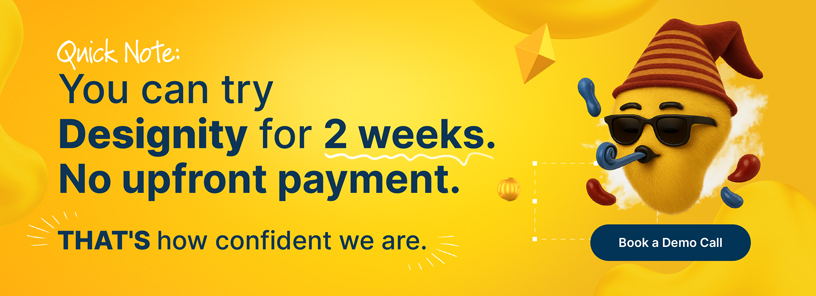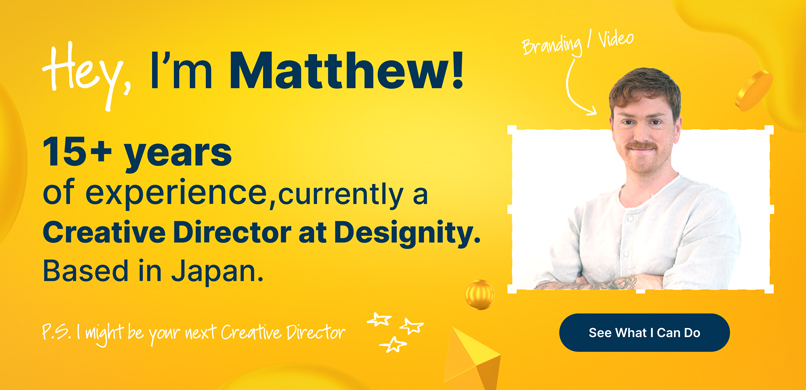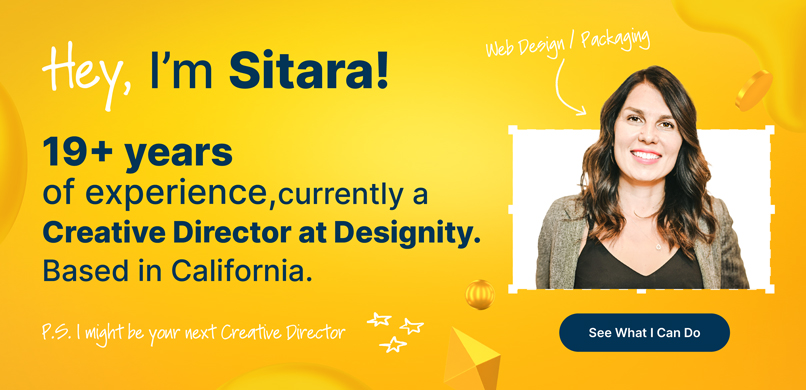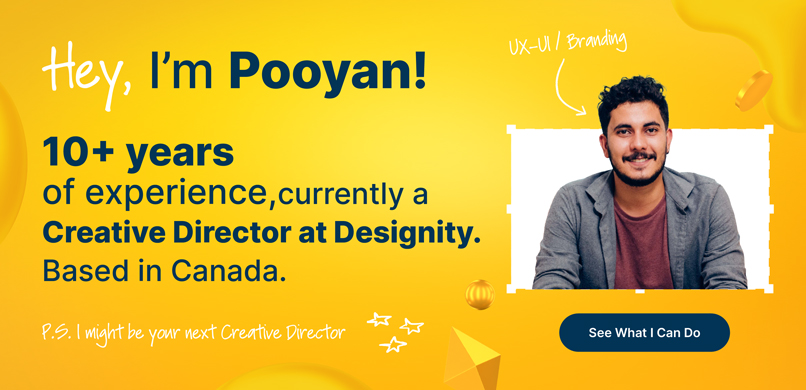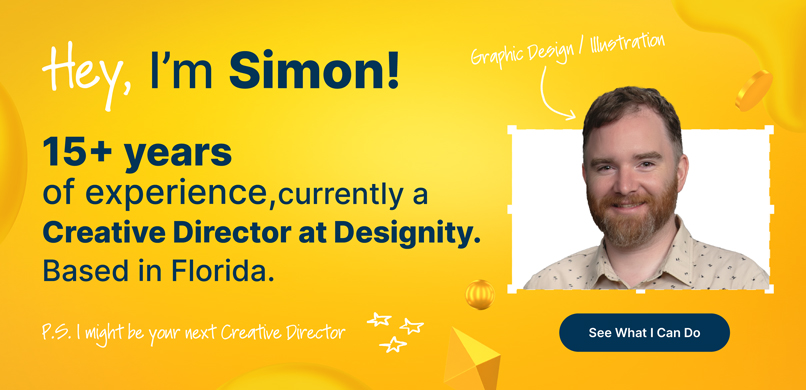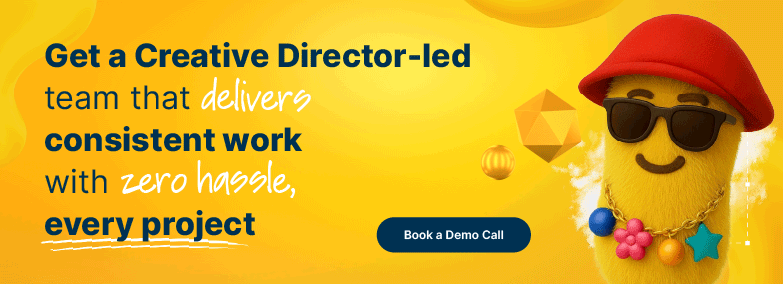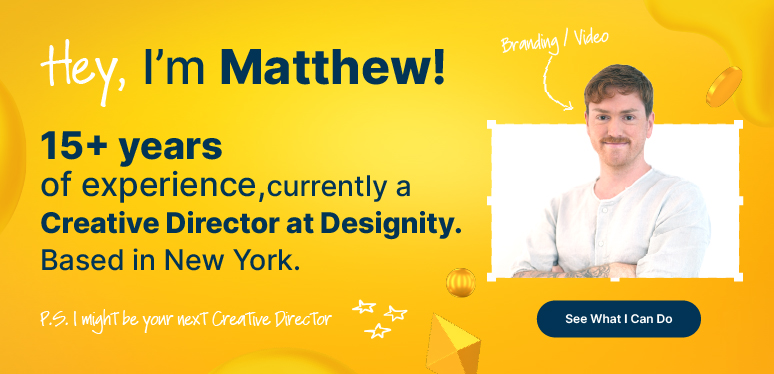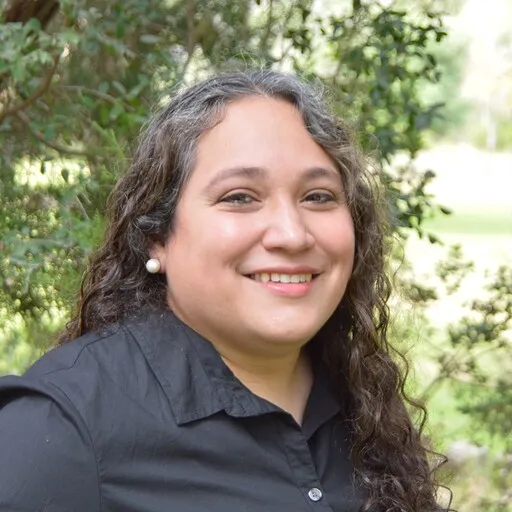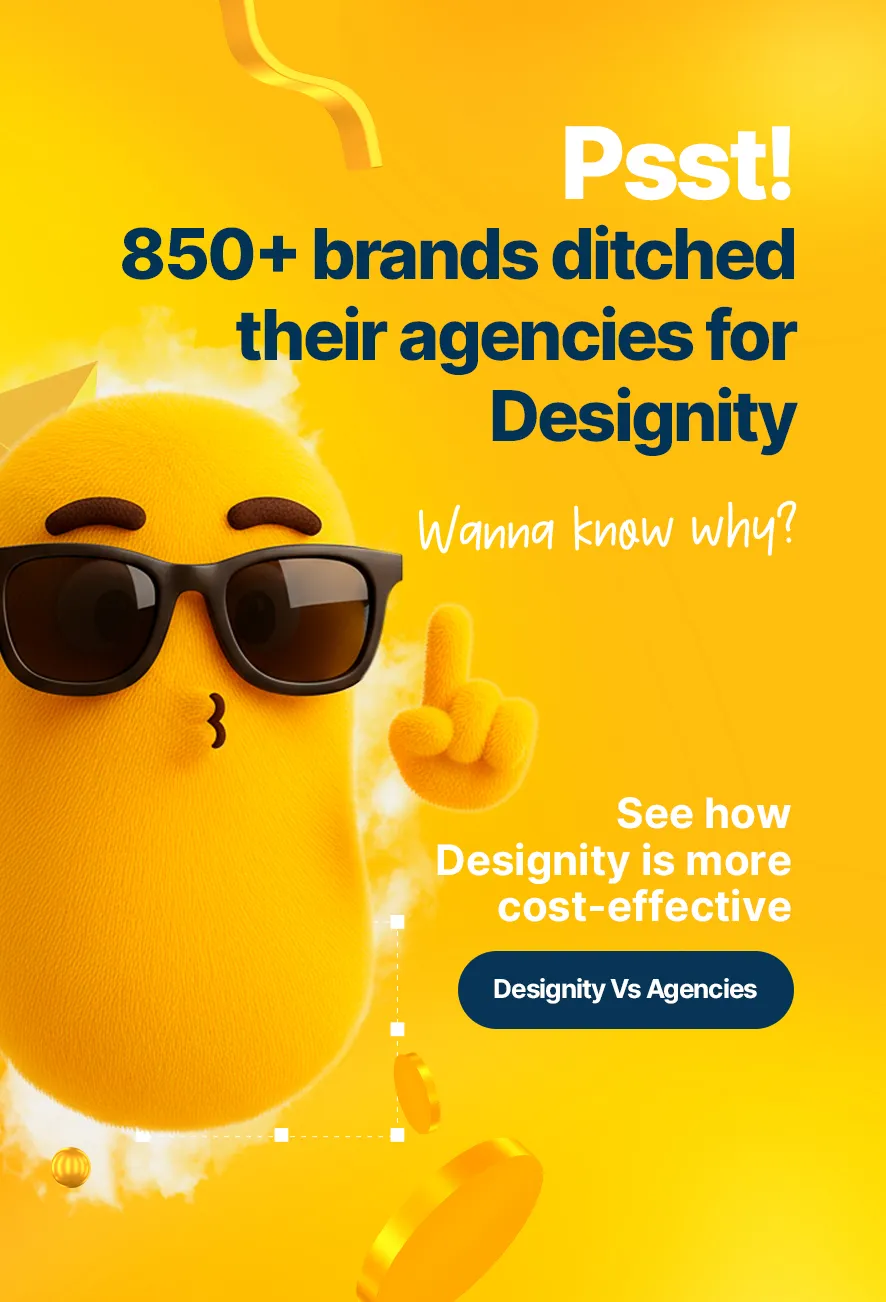A big part of marketing today is getting your brand or product noticed, but let’s not forget — it’s also about building trust and a meaningful connection with your audience.
And if your brand is expanding into new markets — whether you’re going international or just trying to reach more diverse communities — then getting the cultural content of your marketing efforts wrong can turn off your new audience before you’ve even made your pitch!
Because when multicultural marketing efforts reach out and miss the mark, the fallout can be immediate and sometimes, pretty damaging to reputations.
That’s why understanding and practicing cultural sensitivity in marketing is a critical thing to get right.
So, how do you make sure your efforts aren’t coming across as tone-deaf or unintentionally offensive?
Today’s blog has what you need.
Today, we’re breaking down why cultural sensitivity matters, the most common pitfalls to steer clear of, and how to create thoughtful and inclusive marketing campaigns that strengthen your brand, not weaken it!
Let’s dive in!
Why Cultural Sensitivity Matters in Marketing
Because when you’re entering unfamiliar cultural territory, the margin for error is pretty small and the stakes are high.
And even if you’re sticking close to home, your campaign could still show up on screens across the world with just a quick scroll through LinkedIn or Instagram. So, if something in your messaging feels off, tone-deaf, or stereotypical, your brand could lose credibility in front of the same audiences you’re trying to win over.
Now, this isn’t about walking on eggshells. It’s about understanding that what works in one market can fall on its face in another. And without a culturally sensitive approach, even the most polished campaigns can go wrong.
Here’s why cultural sensitivity should be built into your marketing strategy from day one:
- People notice when you get it right. Respectful, inclusive messaging builds real trust—and trust builds loyalty.
- One wrong move can go viral for the worst reasons. Cultural missteps often spread fast and hit hard.
- Your audience isn’t one-size-fits-all. If you’re scaling globally (or even just marketing online), cultural nuance matters.
- Inclusive content performs better. When people feel seen, they’re more likely to engage, share, and buy.
- It shows your brand actually cares. Sensitivity sets you apart in a sea of performative or outdated messaging.
The bottom line is: When you make space for cultural awareness in your strategy, you create space for everyone at the table. And that’s what today’s consumers expect.
How to Build Culturally Sensitive Campaigns

It’s important to remember that a culturally sensitive campaign isn’t something you can check off once it’s done — especially if you’re gearing up to enter a new market with a new demographic.
It’s more of a mindset throughout. That means doing your homework, making sure the right voices are involved, and making sure your message doesn’t just look inclusive, but feels that way to the communities that you’re representing.
Below are a few strategies to help you create more thoughtful, respectful campaigns.
1. Start with Research, Not Assumptions
Long before any designing or copywriting, you should start with an understanding of your audience.
If you’re marketing to a community that you haven’t personally been part of, don’t rely on assumptions, stereotypes, or more generalized impressions. Make sure to put in the work to learn.
Good research helps you uncover not just what’s appropriate and what’s not, but what’s meaningful and will allow you to better connect with your audience.
Here are some tips on how to start from a solid foundation:
- Dig into the “why” behind the culture. Don’t just reference a holiday or symbol—learn what it means, where it comes from, and how people actually celebrate or use it.
- Remember that not everyone sees things the same way. What feels normal in one region or community might carry a completely different meaning somewhere else.
- Go beyond the usual sources. Instead of stopping at a quick Google search, look for content created by people from that culture—blogs, social media, interviews, even podcasts.
- Keep up with the conversation. If there’s been a recent controversy, shift in language, or cultural movement, that context could change how your message is received.
Doing this research beforehand doesn’t just allow you to avoid mistakes, it helps build empathy.
And empathy is what will set apart respectful and effective campaigns from one that aren’t.
2. Bring Diverse Voices into the Room
If your creative team all comes from the same background, just assume that you’re going to miss something when you’re trying to market to other countries or cultures.
And that’s okay. Just remember that it’s all a matter of perspective. And the best way to create a culturally sensitive campaign is to involve people who actually live in the cultures you’re trying to reach.
Diversity behind the scenes can help lead to more authenticity, fewer blind spots, and a better understanding of what matters to different audiences.
Here’s how to make that happen:
- Build a team that reflects the world you're trying to reach. Diversity shouldn’t be an afterthought—it should be baked into your hiring and creative partnerships from day one.
- Loop in people who know the culture firsthand. If you’re creating something for a community you’re not part of, bring in consultants or collaborators who are. They’ll catch things you won’t.
- Make it safe for people to speak up. Just having a diverse team isn’t enough—people need to feel comfortable sharing feedback, especially when something feels off.
- Trust the people who’ve lived it. If someone with cultural insight tells you something doesn’t sit right, believe them. That’s the kind of feedback that saves your campaign—and strengthens it.
3. Think Beyond the Surface
When it comes to inclusive marketing, your job isn’t just to tick some boxes or feature a diverse group photo in your visuals.
It’s got to go deeper than that. True cultural sensitivity isn’t about how your campaign looks at first glance, it’s about how it feels to the people you’re trying to reach.
But too often, brands stop at representation without asking whether or not their message is meaningful, respectful, or even relevant to the culture they’re referencing. And you better believe your audience can tell when it’s just surface-level!
Here are some tips on how to think beyond the surface:
- Don’t rely on visuals alone. Diverse imagery is important, but it’s only part of the equation. Make sure your messaging, tone, and intent reflect the same level of care and awareness.
- Tell authentic stories. If you’re featuring a culture or community, give them more than just a cameo—share experiences that resonate and feel true to their perspective.
- Double-check symbolism and language. Colors, gestures, phrases, and even product names can carry different meanings in different cultures. A quick check can save you from an unintentional misstep.
- Consider the impact, not just the intention. Even if your message was meant to be inclusive, it’s the audience’s interpretation that ultimately matters.
Real inclusivity means taking the time to get it right—not just because it looks good, but because it is good.
4. Test Your Message Before Launch
Even campaigns with the best of intentions can sometimes flop if they’re not tested properly.
What might sound clever in the brainstorming room could fall flat or offend once it’s out in the wild. Cultural sensitivity isn’t just about creating thoughtful content. It’s also about taking that extra step to make sure your thoughtful content lands the way it’s intended to.
And that’s where testing comes in. A few simple checks can save you from an embarrassing misstep and help you refine your messaging to better connect with your audience.
Here’s how to do it:
- Run it by people from the community you’re referencing. A quick review from someone with lived experience can reveal blind spots you didn’t even know were there.
- Do a soft launch or A/B test. Trying out different versions of your content with smaller audiences can help you gauge tone, clarity, and resonance.
- Ask for honest feedback—and be open to it. If someone flags a concern, don’t get defensive. Take the opportunity to listen, learn, and improve.
- Have a plan for responding if something goes wrong. Mistakes happen. What matters is how quickly—and respectfully—you respond.
No campaign should go live without a once over — especially if you're expanding into new or unfamiliar markets. Then this step isn't optional.
But a little testing beforehand goes a long way in making sure your message builds bridges, not barriers.
Common Marketing Cliches That Miss the Mark
When brands try to be inclusive without doing any of the work highlighted above, the result is often a campaign full of cliches.
These mistakes usually come from a place of wanting to “check the box,” but audiences can definitely tell when something is “just because” instead of personal and intentional.
Here are some of the most common marketing pitfalls to avoid if you want to keep your campaigns respectful and relevant:
- The one-size-fits-all photo swap. Swapping in a stock photo of someone from a different ethnicity without changing any of the messaging isn’t inclusive—it’s actually kind of lazy. Real inclusion goes deeper than visuals.
- The "ethnic" remix. Just adding traditional patterns, music, or language elements to an ad without context or meaning can feel like appropriation rather than celebration.
- Heritage month overload. Posting during Black History Month, Pride, or Lunar New Year without any follow-through during the rest of the year makes it look like you're only showing up when it’s trendy.
- Forced slang and accents. Trying to sound like a specific cultural group (especially when done awkwardly or incorrectly) often comes off as stereotyping—not connection.
- Token diversity in storytelling. Featuring one person from a marginalized group without giving them any depth, voice, or relevance to the story doesn’t count as representation.
When in doubt, ask yourself: Is this respectful, or is it just recognizable? Clichés are easy, but true connection comes from effort—and authenticity.
Examples of Brands That Got it Right
Plenty of brands have stumbled when it comes to cultural sensitivity.
But instead of focusing on the brands whose marketing got it wrong, let’s take a look at those brands who have done it the right way.
The following brands didn’t just aim to include diverse audiences, they listened to, collaborated with, and delivered campaigns for them that felt real.
Netflix
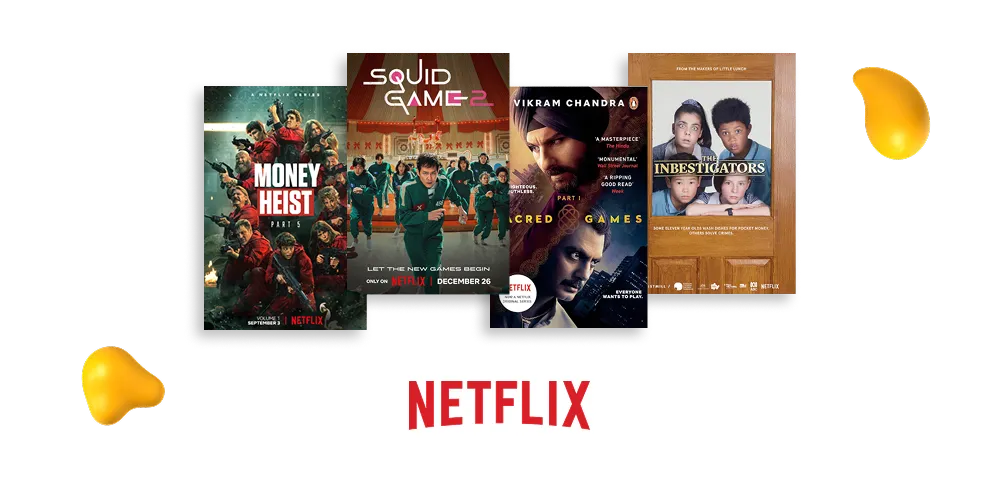
Netflix is a great example of a brand that expands its reach the right way.
When it came time to expand internationally, Netflix didn’t just offer subtitles in new languages and call it a day. Instead, they invested in each and every region they entered, commissioning original series produced by local creators in local languages and with culturally relevant themes.
Big hits like Money Heist (Spain), Sacred Games (India), and Squid Game (South Korea) show that localized storytelling can build international buzz without needing to be Westernized. In fact, cultural specificity can strengthen a brand's global reach, not limit it.
Fenty Beauty
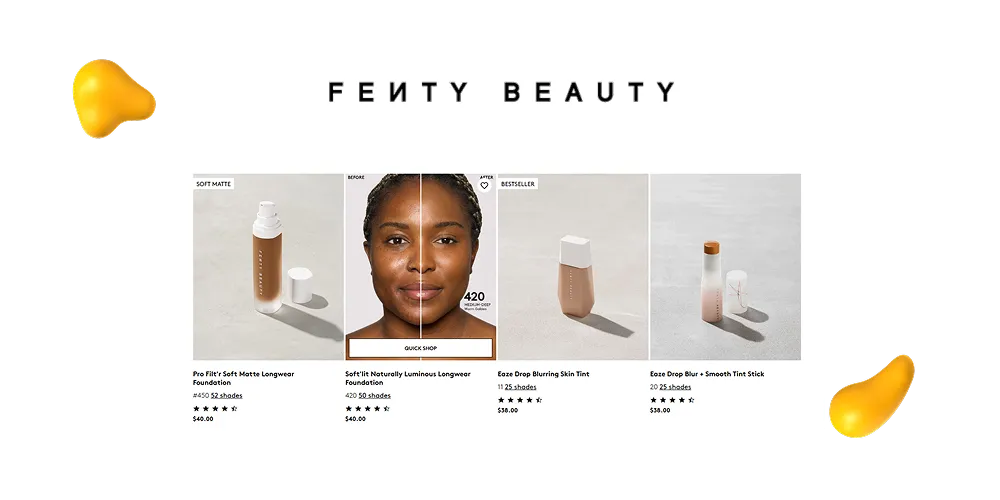
When Rihanna’s Fenty Beauty debuted its Pro Filt’r foundation line back in 2017, it launched with a staggering 40 (and later 50+!) shades to match a range of skin tones across the globe.
And this wasn’t just them positioning the Pro Filt’r line as a special line made for underrepresented skin tones, it was the default! That launch completely changed the expectations across the beauty industry, forcing other brands to expand their own shade ranges.
McDonalds
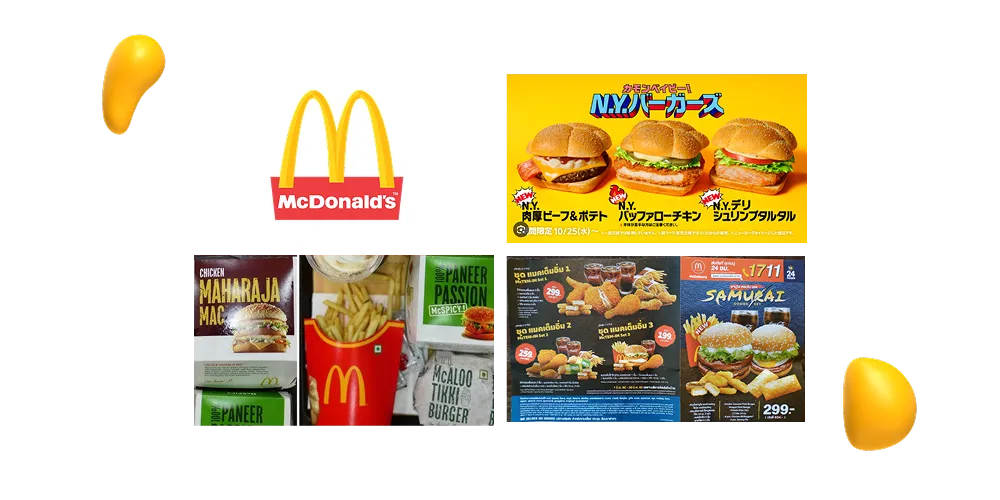
McDonald's restaurants can be found around the globe, these days, and for good reason!
They know how to expand the right way, tailoring their offerings based on the cultural norms of each locale.
From the McAloo Tikki burger in India to the halal-certified meals in Muslim countries, McDonald’s doesn’t just plop itself down into a new market —it adapts and respects. And that’s why they thrive.
LEGO
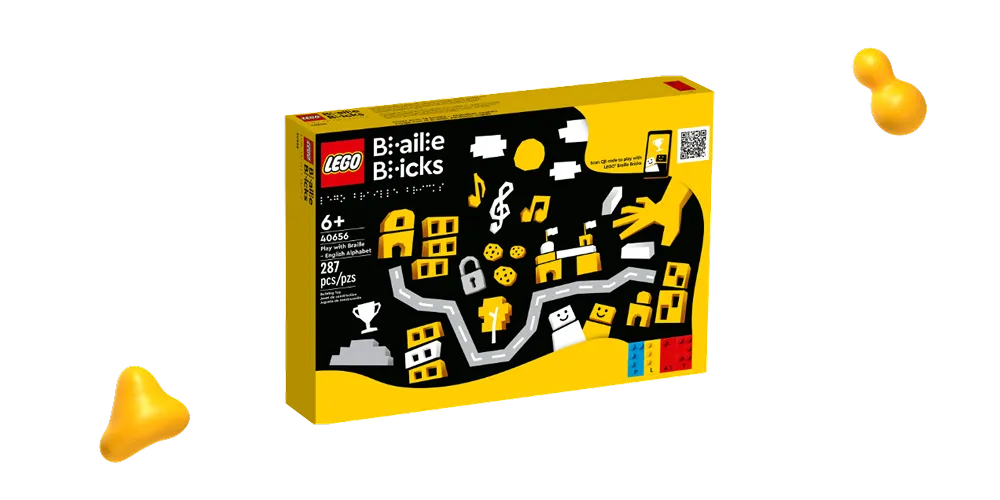
In 2020. LEGO launched Braille Bricks, designed to help children who are blind or visually impaired learn to read through play.
And in keeping with their dedication to inclusion, they’ve also added minifigs (LEGO people) with hearing aids, prosthetic legs, and even guide dogs in recent playsets, like the “Everyone is Awesome” set, which celebrates LGBTQIA+ and diversity.
Coca-Cola
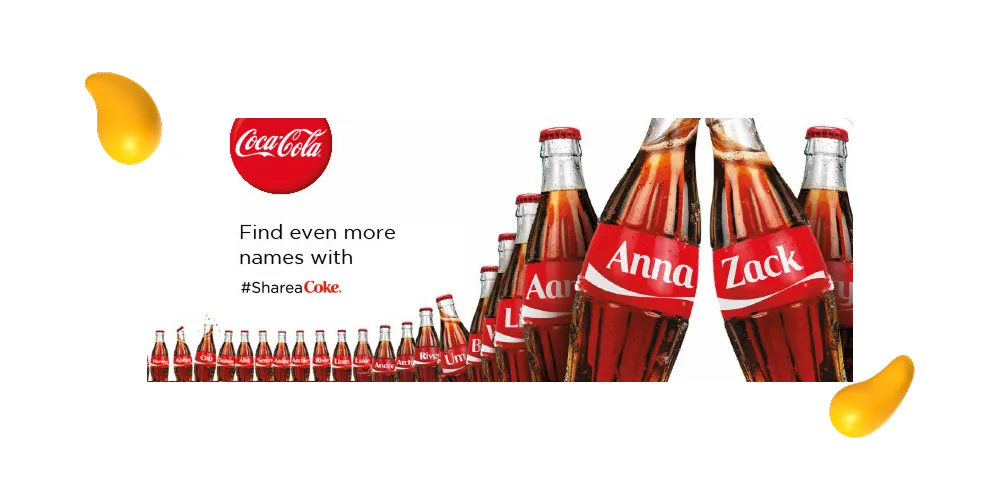
Coca-Cola’s “Share a Coke” campaign is one of the most recognizable examples of global marketing done right.
When the campaign rolled out internationally, Coca-Cola didn’t just translate names — they personalized the entire concept to fit the cultures of each market.
For example, in Australia, cans featured popular first names. In China, where personal names are more private, the cans featured nicknames and meaningful phrases instead. In the Middle East, cans sported respectful terms like “Friend” or “Family” to better align with the values of the region.
By adapting the campaign’s execution while still keeping its theme intact, Coke made the experience personal and relevant no matter where its special cans showed up!
<div class="c-blog_comp-cta cc-component-1"><div class="c-blog_comp-cta-left"><div class="c-blog_comp-cta-left-wrap"><img src="https://global-uploads.webflow.com/61cdf3c5e0b8155f19e0105b/6369722e59155470b6840033_Potential-clients.png" loading="lazy" alt="" class="c-blog_comp-cta-left-img"></div></div><div class="c-blog_comp-cta-right"><div class="c-blog_comp-content"><div class="c-text-wrapper cc-mb-32"><div class="c-title-4 cc-bold"><strong>Want to save money without sacrificing the quality?</strong></div></div><div class="c-text-wrapper"><div class="c-text-2">Say goodbye to traditional, expensive agencies and unreliable marketplaces. Say hello to Designity.<br></div></div></div><div class="c-blog_comp-wrapper"><a href="/pricing" target="_blank" class="c-button cc-primary cc-inverted w-button"><strong>Get Your 2-Week Trial</strong></a></div></div></div>
Take Your Brand Global. The Right Way
Cultural sensitivity in marketing isn’t just about avoiding a public backlash; it’s how you show respect, build trust, and make meaningful connections with your audience, no matter where they’re located.
And as more brands go global, the ones that take the time to get it right are the ones that stand out and build campaigns that don’t just land, they last!
Is your brand ready to expand into a new market with a smart campaign that connects? Designity’s diverse team of Creative Directors and talented Creatives have the skills you need to help you adapt your message, refine your strategy, and provide you with the assets you need to make sure your brand gets it right, wherever it’s going next!
Check out our community portfolio to see how Designity’s experts have made a difference for brands like yours. If you like what you see, go ahead and book your demo call.
We’ll get you started with a two-week, no-obligation trial so you can test-drive our 100+ design and marketing services and see why Designity is the marketing partner you’ve been waiting for.
Let’s build something global together.
.webp)




